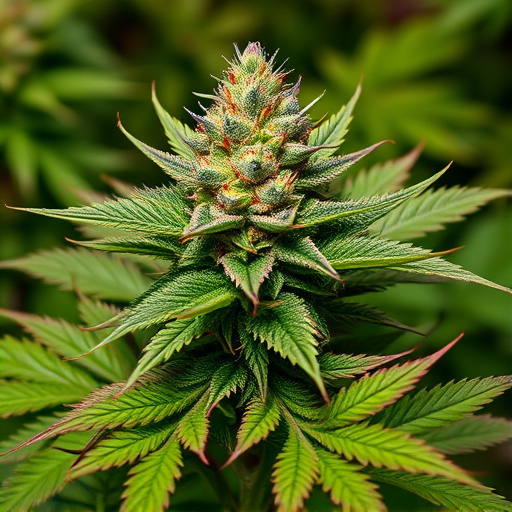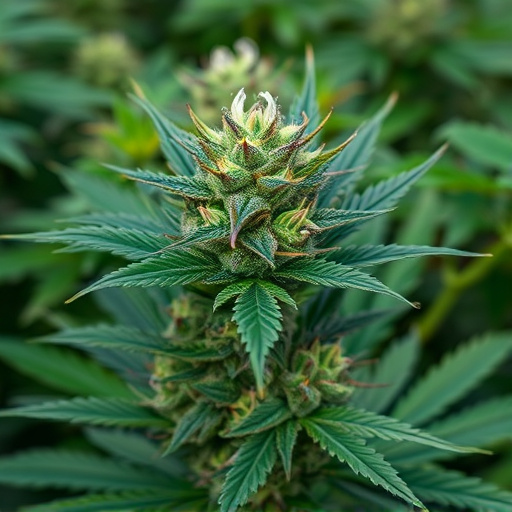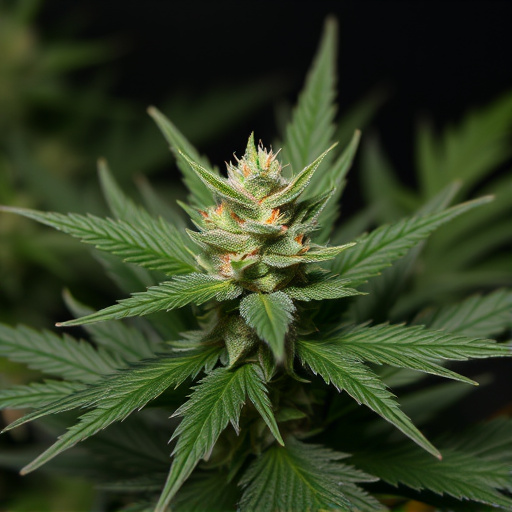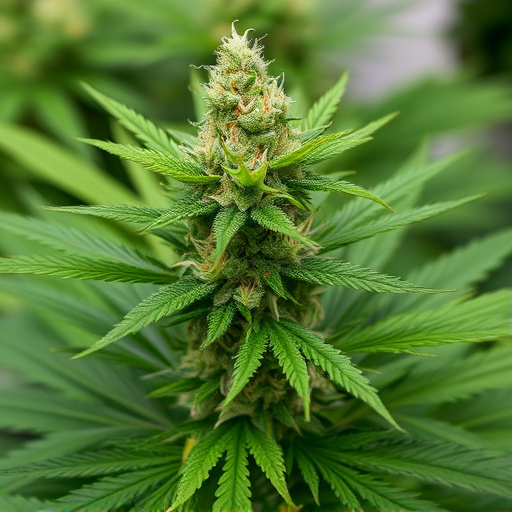Cannabis cup strains' effects vary by potency, consumption method, and user tolerance, offering sensory enhancements like heightened senses but potentially causing anxiety or memory impairment. Responsible consumption is key to mitigating risks. High THC content intensifies effects, including time dilation, and chronic use may lead to long-term altered perception. Understanding these impacts is essential for cannabis users' well-being as the market expands.
“Unraveling the complexities of cannabis, this article delves into the multifaceted world of its short- and long-term effects. From sensory alterations to mental health risks, every aspect is explored, providing a comprehensive guide for consumers. We dissect the role of cannabis cup strains, focusing on THC and CBD content, sativa vs. indica differences, and hybrid combinations, offering insights that cater to both curiosity and informed decision-making. Understanding these effects empowers users to navigate the market safely.”
Short-Term Effects of Weed
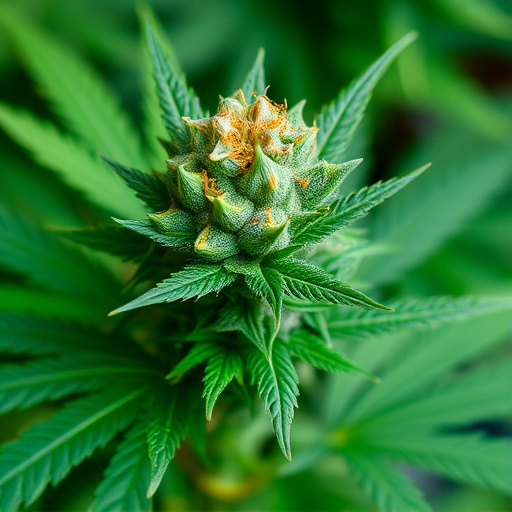
The short-term effects of weed, or cannabis, can vary greatly depending on factors like strain (such as those from the Cannabis Cup competitions), method of consumption, and individual tolerance. Immediately after consumption, users may experience heightened senses, increased appetite, relaxation, and a sense of euphoria. Visual and auditory perceptions can become intensified, leading to vibrant colors and enhanced sounds. This altered state can be particularly appealing for creative minds or those seeking stress relief.
However, short-term effects also include potential drawbacks like anxiety, paranoia, and short-term memory impairment. Some strains known for their potent THC content may induce overwhelming feelings of fear or panic, especially in inexperienced users. These negative experiences are often linked to the strain’s genetics and the individual’s mindset when consuming cannabis. It’s crucial to choose strains wisely and consume responsibly, considering the potential impact on mental state and overall well-being.
– Sensory changes

The effects of cannabis on sensory perception are well documented, offering both short-term and long-term experiences that can vary greatly depending on the specific strain, known as Cannabis cup strains, consumed. Short-term effects often include heightened sensitivity in the visual, auditory, and tactile realms. Users may perceive colors to be more vibrant, sounds more intense, and textures more profound. This enhanced sensory experience is often sought after by recreational users for its ability to heighten daily activities or create a deeply immersive state during leisure time.
However, chronic use of cannabis can lead to long-term changes in sensory processing. Research suggests that regular consumption may impact brain regions responsible for perception, potentially resulting in altered sense of smell and taste, as well as reduced sensitivity to touch. These effects can vary among individuals, with some reporting more pronounced changes after prolonged exposure to certain Cannabis cup strains. Understanding these sensory shifts is crucial for both recreational users and those considering medical cannabis treatment to navigate potential consequences on their overall well-being.
– Altered perception and time dilation

The effects of cannabis on perception are well-documented, with users often reporting altered senses and an enhanced experience. When consumed, especially through certain cannabis cup strains, THC (tetrahydrocannabinol), the primary psychoactive compound in cannabis, binds to receptors in the brain responsible for mood, memory, and perception. This interaction can lead to a range of sensory changes, including time dilation. Users may perceive time as slowing down, making even routine activities seem like a unique and extended experience. This altered sense of time is often described as one of the most pronounced effects, particularly at higher doses or with more potent strains known for their high THC content.
Beyond the immediate experience, chronic cannabis use can also contribute to long-term changes in perception. While research is still ongoing, some studies suggest that regular users may develop a heightened sensitivity to sensory stimuli over time. This could lead to an intensified appreciation for subtle nuances in sights and sounds or, conversely, cause some individuals to become desensitized to certain sensory inputs. Understanding these effects is crucial, especially as the popularity of cannabis increases, ensuring users are aware of the potential consequences on their perception and overall well-being.
In understanding the effects of cannabis, especially in relation to popular Cannabis Cup strains, it’s crucial to appreciate both its immediate and long-term impacts. While short-term effects like sensory changes and altered perceptions may seem abstract, they significantly influence our experience of time. Long-term use, however, necessitates careful consideration due to potential health implications. By recognizing these effects, users can make informed decisions, ensuring a balanced approach to their cannabis consumption and overall well-being.



